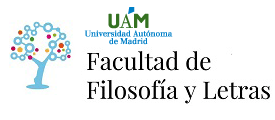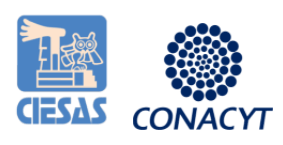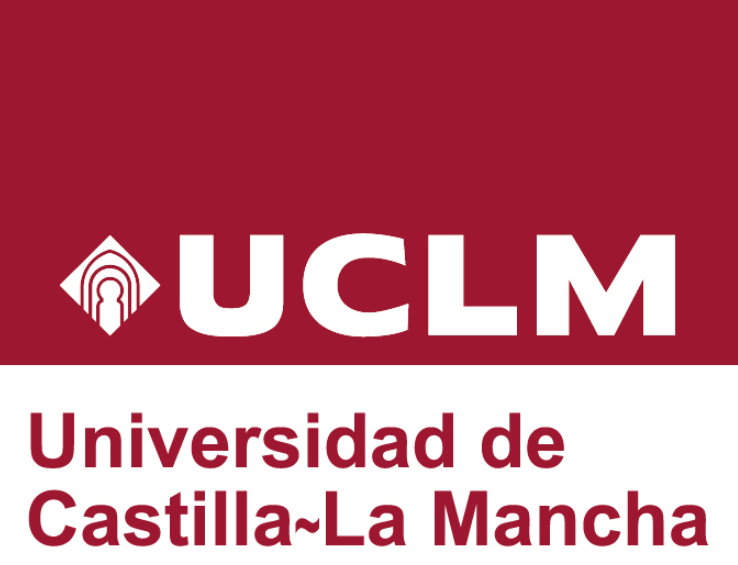MAKING KINSHIP AND REPRODUCTIVE JUSTICE IN FLORES ISLAND, INDONESIA
In 1946, the Constitution of WHO (World Health Organisation) defined for the first time, internationally, the right for reproductive, maternal and child health. A year earlier, Indonesia had declared its independence, with officially 13.466 islands and more than 300 different languages.In consequence, in 1970, a multi-sectorial family planning program was created, among others, to increase maternal and infant health and to reduce population growth, under the motto “Two is enough, boy and girl is the same." This program is world known as an example of a successful development program (Hull 2005). Nevertheless, maternity and infant mortality rates remain high in Indonesia and its population increased from 77 up to 237 millions of people between 1940 and 2010, becoming the fourth most populated country in the world.Clinic workers blame this situation to the fact that many rural people do not follow properly obstetric care or choose giving birth with traditional birth attendants (Wirawan 1994). This research takes place in Sikka Regency, one of the 10 ethnolinguistic groups that coexist in Flores, an island were adat (traditional customs) and Catholicism live in synchronism in the country with the largest Muslim population in the world. Taking maternity wards and local life as main scenarios, this paper analyses the cultural and contextual factors that inform local decisions about reproductive arrangements.
(*)El autor o autora no ha asociado ningún archivo a este artículo









